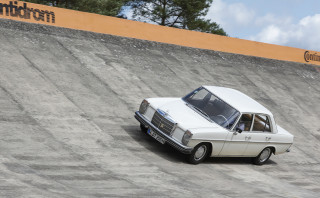The world's first self drive car is over 50 years old
There’s a car race going on right now. Millions of people are watching and to the victor goes the spoils. An as yet unquantified bounty of acclaim, fame and... no doubt hundreds of millions. Behind the wheel of the cars in this race is... an engineer. Or a team of engineers. Only they aren’t sitting behind the wheel as much as they are behind everything in the car.
Tesla in Pole Position?
The race is for the world’s first mainstream-market self-drive car. At the moment, two companies are way out ahead of the others. One of them you have probably heard of. It’s Tesla. They don’t release much data but what we do know is they have estimated to have clocked up well over a billion semi-autonomous driving kilometres thus far. Back in October 2018, they reported just a single accident or crash like event for every 3.34 million autopilot miles. When autopilot is switched off, this jumps to a one such event per 1.92 million miles.
Tesla’s goal is a fully automated driving experience, whereby you could hail an Uber type cab that picks you up and drops you off where you want to go. No driver, so no annoying chat and presumably the climate control is just where you’d like it to be. For everyone that already owns a Tesla, the system is intended to be distributed via a software upgrade. It’s a good thing not many of New Zealand’s rural population have Teslas. Trying to download that upgrade on rural Broadband would likely take a few years and probably bring Spark to a grinding halt.
Waymo not that Way Off?
The other player in the driverless race is Waymo. Ever heard of them? Well, they started life out as a Google project (go on, Google it and check). It’s over 10 years old and has made some amazing progress. Waymo already operates fully autonomous taxis in Phoenix, USA and has racked up in excess of 10 million miles on the open road. Just recently, the company became the first to be granted a license from the California Department of Motor Vehicles to operate fully autonomous cars. 59 other companies may have licenses to test autonomous cars in California but this situation is unique. No human is required to be sitting in the driver seat of the Waymo car. Scared yet?
The winner could be a Tyre Maker...
Anyway, the title we teased you with talked about the first self-drive car being 50 years old. That certainly ain’t Tesla or Waymo. Chances are you have heard of the company though. You just probably never knew they were pioneering a self-drive car in the 60s. And you probably don’t know they make a heap of fancy stuff for cars. You might recognise them as a tyre brand (and a very good tyre brand at that). Yup - the first self-driving car was made possible thanks to the boffins at Continental and their desire to reproduce test conditions for tyres with pin-point accuracy, time after time.
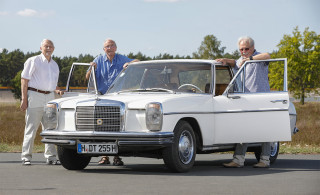
It started in 1968*
Let’s travel back in time (no car can do that yet) to Wednesday, September 11th 1968. The first 747 took flight and a manned spacecraft orbited the moon. But over in Germany the form of transport getting all the attention was a little closer to the ground. In this case it was a Mercedes Benz 250 Automatic. But this was no ordinary Merc.
This Mercedes Benz was fitted with some extras. Such as electro-mechanical steering, an electro-mechanical throttle regulator and a radio system for reporting measurements. The car was guided by a wire on the tracks surface. The bumpers were fitted with antennas and sensors told the car whether it was still on track or not, adjusting the steering as needed through responding to the magnetic field emitted by the wire. A control station next to the track could send commands via the wire, telling the car to brake, accelerate or sound the horn (not sure this was a necessity but it was probably fun to control the horn remotely so why not).
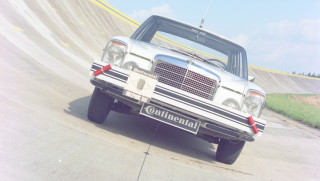
Why the Driverless Car was Invented
Why did they do it? Because they needed a new way to provide an objective analysis of tyre performance. To date, testing had one big variable involved. And that variable sat behind the driver's seat. The lack of precision in replicating tests was infuriating for the boffins at Continental who were on a mission to make the world's best tyres (the mission hasn't changed much in the intervening years although their test methods have become increasingly sophisticated since). The removal of the human factor in testing would dramatically increase the accuracy of measurements and assist the Research and Development team.
That R&D team was pretty large too. Continental had over 1000 developers working on new rubber compounds, tyre designs and treads. That’s more than a few people dedicated to the task of developing better tyres.
Can’t Blame a Driver for that Accident
Of course, not everything went to plan. The track had a steel structure and every now and then it seemed to interfere with the magnetic fields guiding the car. But it wasn’t technology that would cause the biggest problems. Rather, it was the idealism of the engineers and wanting to push their creation to the limits. All was done in the pursuit of R&D but you suspect the engineers were having a fun time too. They liked pushing limits and were particularly interested in how the vehicle would perform going round bends at speed... in the wet. They had built a sheet of glass into the track and inserted a high speed camera, taking some 10,000 images per second. All of this was done so they could identify how blocks in the tread behaved during an aquaplaning situation. Sometimes this experiment worked as intended. Other times the car simply came to a halt, the brakes kicking in as it lost control by the wire.
The testing continued for 6 years, before the Merc was retired in 1974. This doesn't mean the work stopped though. Continental now employs some 44,000 people in Research & Development.

The Race Continues
So, some 50 years after Continental's driverless car did a few laps, and as Tesla and Waymo continue to battle it out, they might want to look over at the automotive and tyre company that has a goal of introducing a fully autonomous vehicle on the German autobahns by 2025. The race may yet be finished and won by the very company that started it all.
*Since writing this blog, we’ve been made aware of a claim from General Motors that they produced the first self-drive car in 1958. It was controlled by a current flowing through magnetized spikes embedded in the road. So it looks like Continental may have been pipped to it by some 10 years. We still think a tyre company making a self-drive car back in 1968 is pretty cool though.
...we also fully expect there’s a clever Kiwi somewhere who invented it back in 1948 but word never spread beyond his farm. That wouldn't surprise us at all either.
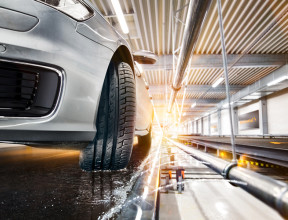
Continental Tyres: The Smarter Choice for Car and SUV
The Best R&D = The Best Tyres
-
Topics:
- Road Safety
More tips and articles
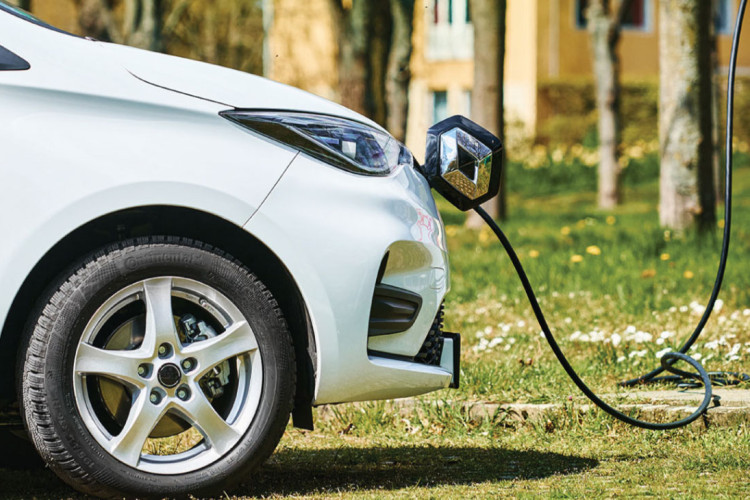
Tyres for Electric Vehicles
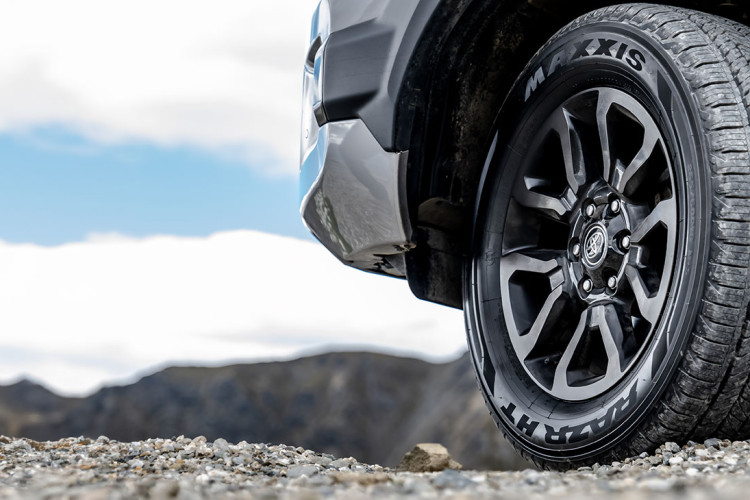
Product Spotlight:
Maxxis HT780 RAZR HT

